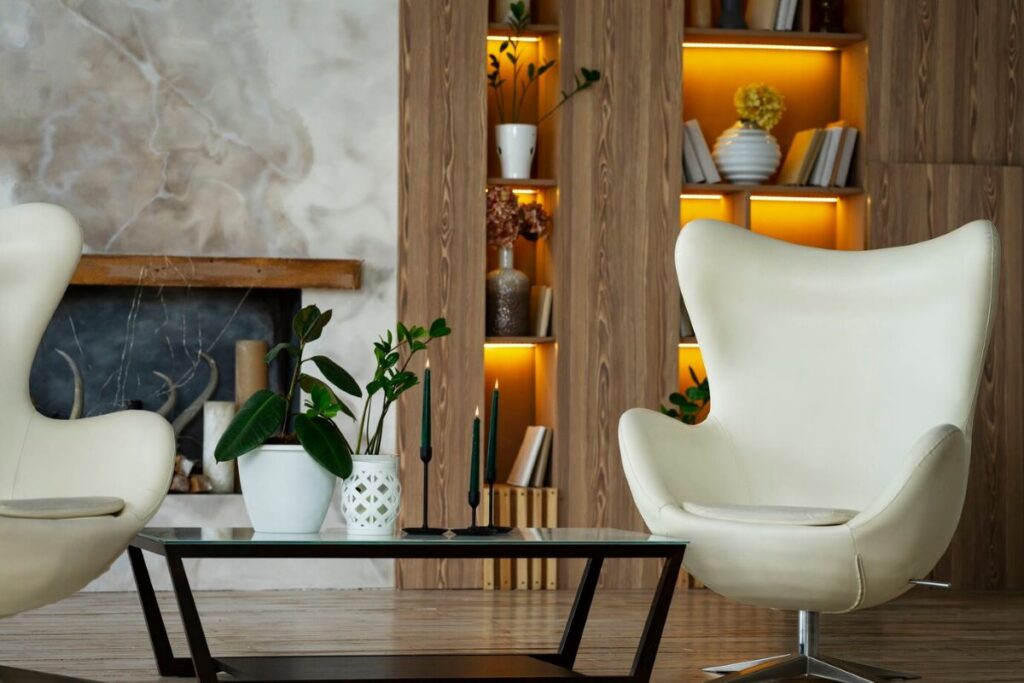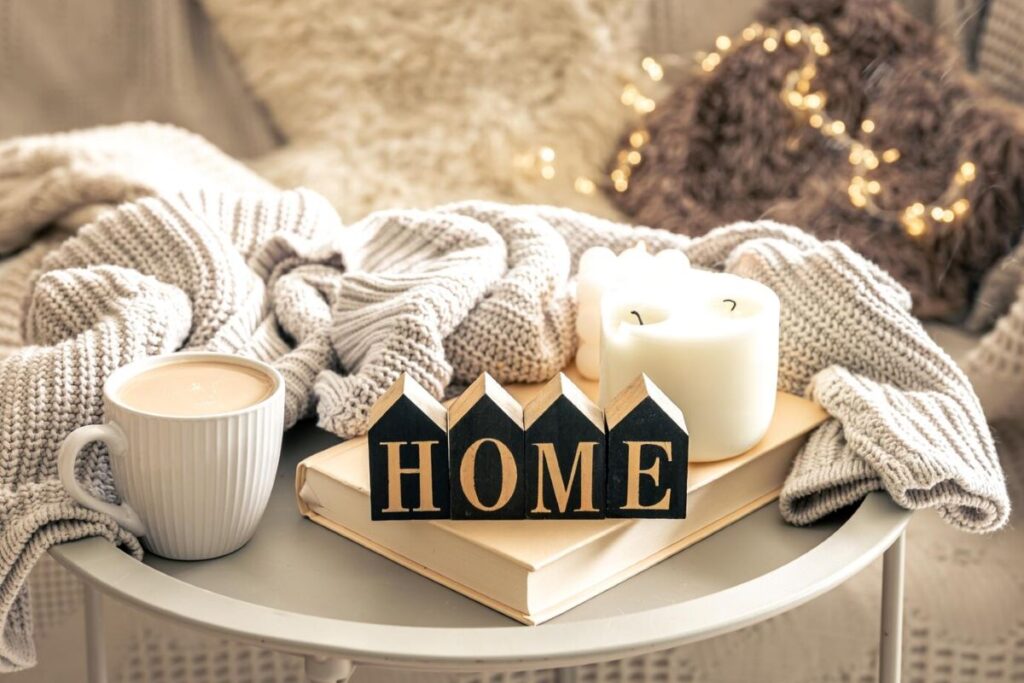Whether you’re renting or buying, finding a place to call home is challenging. But once you’ve found it, no need to struggle figuring out the best way to decorate. Canadians spend over eight waking hours at home daily, so it’s essential that the space is welcoming, comfortable, and suits your needs.
Debu will help you channel your inner Marie Kondo slash Martha Stewart with design and décor tips so you can successfully construct your space.
How you go about filling your space will somewhat depend on the kind of space it is; a house or an apartment, rented or owned? If you’re renting, the range of changes you can make is likely limited because you can’t make major, permanent changes. But that doesn’t mean there aren’t ways to make a temporary location feel like home.
Something to consider is what the space is intended to be used for; do you exercise or work from home, do you have pets or kids, how much time do you spend there? Also, keep in mind the problems you’re trying to solve—a small space that needs to appear bigger? Do you need more light sources?
Looking through design publications, Pinterest boards, Instagram pages, and other online resources is great for curating ideas, and they can help you identify and enhance your decor style. Some interior designers say people should create an image board that represents their style, then spend time thinking about and inspecting them to determine their specific preferences.
The next step is figuring out how much space you’re working with. This means measuring both the size of the rooms you’re designing—regarding, length, width and height, as well as recording the measurements of the items you’re considering. If you don’t know the sizes of things, it makes it hard to plan or adjust if the intended plan doesn’t fit. For instance, if you buy a bed that’s too big, then every other decision about that room will have to accommodate the excess space the bed takes up.
Some experts recommend measuring all elements of a room-inducing potential obstructions like columns and window openings. Doorways are important to measure because no matter how much you like an item, if it can’t fit through the door, it won’t work for the space.
Creating a floor plan allows people to visually represent their space from a birds-eye-view and map out how they envision the space coming together. Paper, pencil and rulers are a tried-and-true method of creating floor plans but there are other options like drafting software and apps; these tools are used by professional designers. There are also tools that automate measurements via smartphone camera but it’s always good to double check.
Once you’ve created a floor plan, play around with it. Move different elements around to see how they look and feel so you can determine if that layout works with the room and your specific needs. You can take your floor plan a step further by using painters tape to physically outline where every element would go on the floor and against walls. It’s recommended to then walk through the space.
Your space should be a visual representation of you, in some ways. It’s important to have your interests reflected throughout the space, and a great way to do that is via a gallery wall. This could be photos, paintings or any kind of art that sits on an empty wall to give it character and depth. This trick can be particularly useful in rental apartments because it’s a way to reflect personality and save on storage or display space.
You may not be able to adjust the built-ins that come with your rental unit or how they look, but there are ways to customize them. Tricks like DIY coverings, accessories, and peel-and-stick tiles are non-permanent ways renters can disguise things they’re unhappy with or create things that they love.
Another way to make sure you are accurately represented in your living space is to have a statement piece. That can be an area rug, a fancy trophy or book display or even an accent wall, statement pieces are meant to draw eyes towards it. If you’re going to make your statement piece an expensive one, be mindful of the budget for decorating the rest of the space.
Choose your patterns and colours carefully. Stick to similar shades and colour themes in order to create cohesion in a room which can give it a relaxing feel.
Marcus Medford | Contributing Writer










